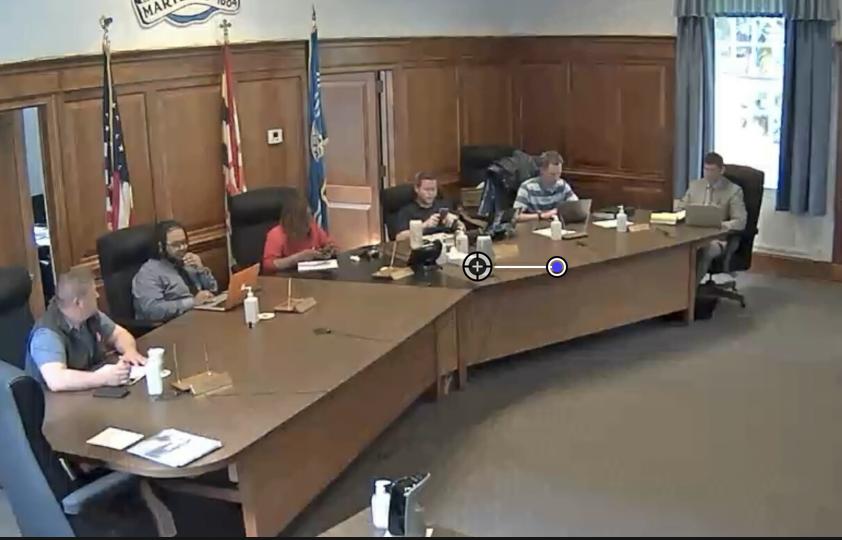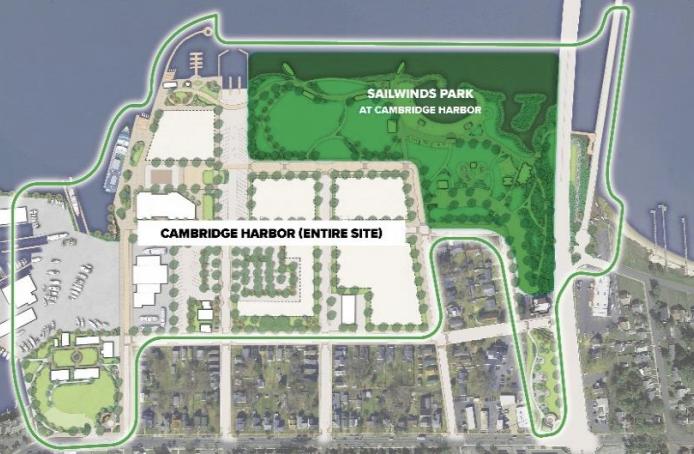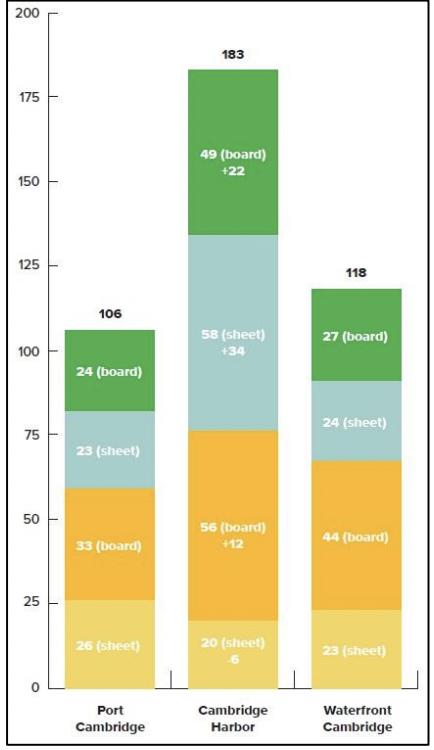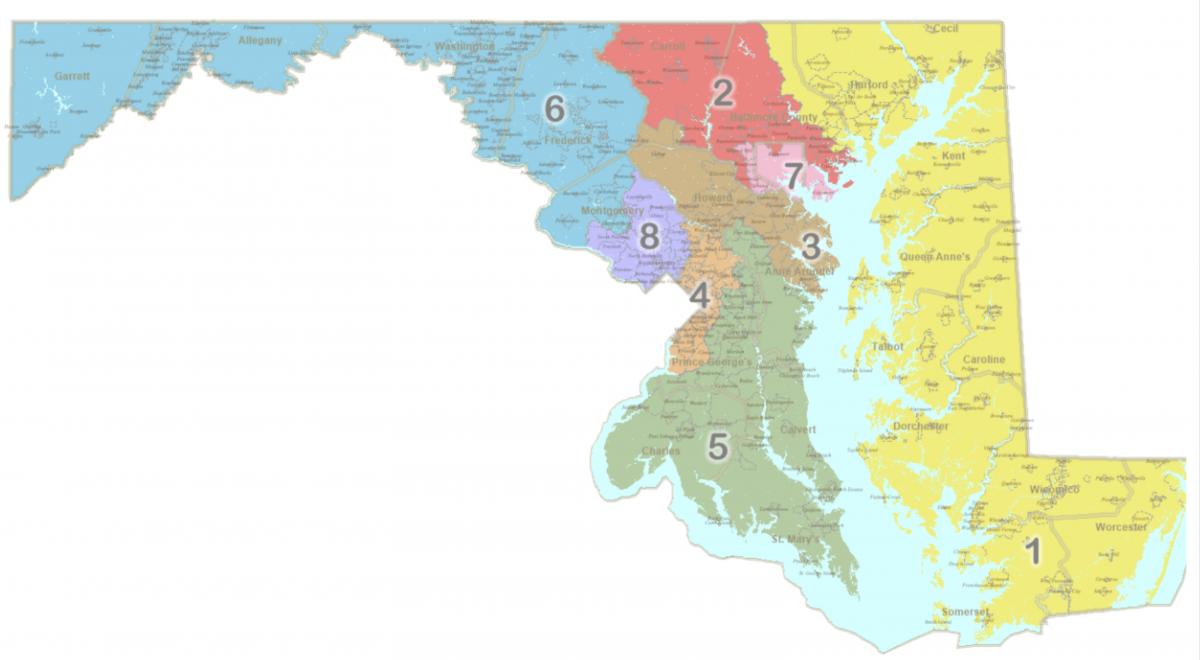Perhaps the real point of a town council “work session” is to, in fact, get into the nitty-gritty of a certain subject. Having the time to thoughtfully consider any proposal, particularly one that could change the role of a city mayor, is essential for council members to truly get their heads around the possible consequences of a particular action well before a formal decision is made.
That was happening last night when the Cambridge City Council took a hard look at a proposal to redefine the role of mayor and how that position gets filled.
The Spy sat in on the meeting, where no votes or legaitiitive actions were talked, to get a favor of the conversation and have pulled together the opening statements of each ward member to give our readers a sense of how complex this potential change might be.
This video is approximately 12 minutes in length.



 This final selection of a brand begins a new phase for the long-envisioned development of Cambridge’s most prominent waterfront property. Encompassing all 35 acres of CWDI’s development envelope, the Cambridge Harbor brand will coexist with the well-established Sailwinds Park name (as shown in the image at left). “The open access public area already in existence and known as Sailwinds Park is the heart of the waterfront property,” says Matt Leonard, CWDI’s Executive Director. “CWDI is committed to improving, fully activating and maintaining that space.”
This final selection of a brand begins a new phase for the long-envisioned development of Cambridge’s most prominent waterfront property. Encompassing all 35 acres of CWDI’s development envelope, the Cambridge Harbor brand will coexist with the well-established Sailwinds Park name (as shown in the image at left). “The open access public area already in existence and known as Sailwinds Park is the heart of the waterfront property,” says Matt Leonard, CWDI’s Executive Director. “CWDI is committed to improving, fully activating and maintaining that space.”



